By Paul Dee, Senior Librarian Victorian and Australian Collections
Trove is the National Library’s online portal to more than 6 billion artefacts, curiosities and stories from Australia’s cultural, community and research institutions. Last week, Trove launched a new and improved website, making it easier to access yet more freely available information. A new feature of the website has provided the Library with the opportunity to create a collection of resources on a chosen subject.
While deliberating on what this collection could be, I was browsing through the recently digitised, very rare, early Melbourne paper the Weekly Free Press and noticed with interest their strong editorial proclamations.The weekly paper, published for three months in 1841, declared itself a supporter of colonial education in Port Phillip, affirming ‘education to be the source of everything’. Inspired by this, we Librarians have gathered resources from State Library Victoria’s collections that trace the development of education in Port Phillip.
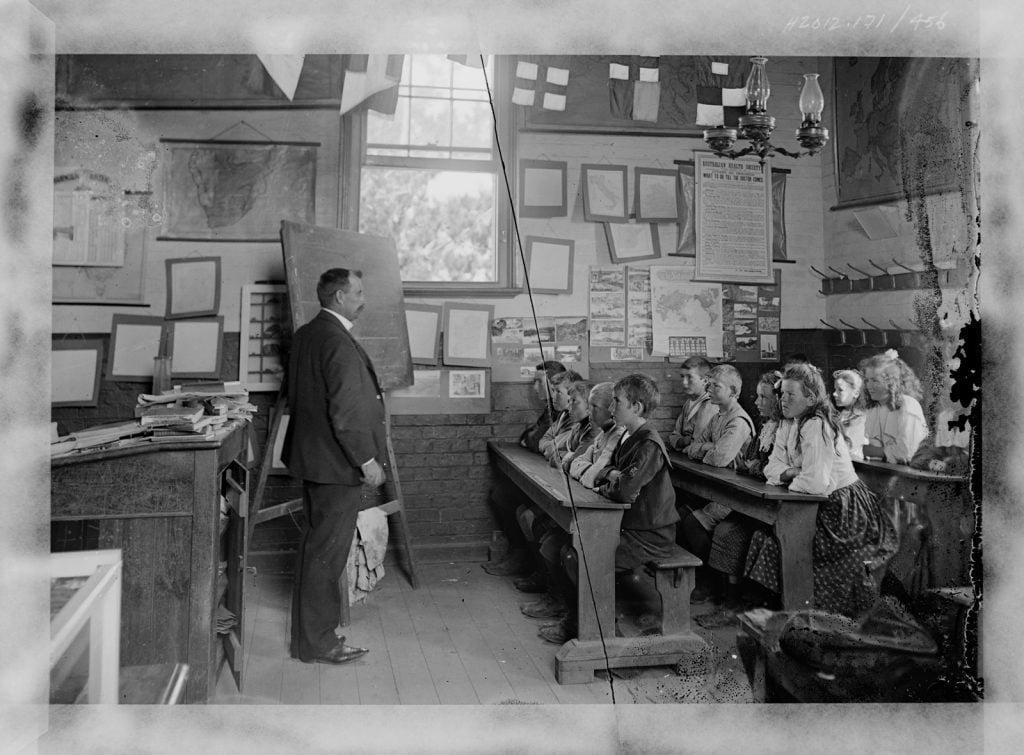

There are many sources for information on colonial education and newspapers provide articles, editorials, advertisements and letters. In an 1841 letter to the Editor, ‘Junius’ highlights the importance of education in society and the role it plays in forming a ‘man’ and, of course, the role of discipline(!).
‘…It is of great public importance to establish and permanently to sustain elementary schools for the acquisition of useful knowledge, and for the attainment of habits of decorum … and of moral discipline … The schools are … a great moral police, to preserve a decent, orderly, and respectable population … make them [men] understand the value of justice, order and moral excellence.’
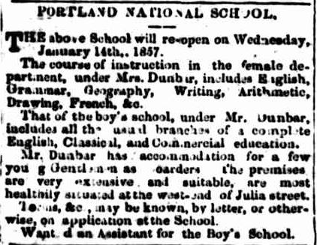
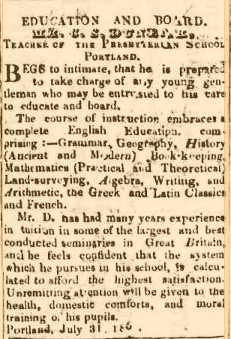
Advertisements for schools detail the courses offered and describe the different subjects for males and females. In Portland in the 1850s, schooling for ‘young gentlemen’ included book-keeping, land surveying, the Greek and Latin classics, and French.
For young ladies, subjects included English, grammar, geography, writing, arithmetic, drawing and French.
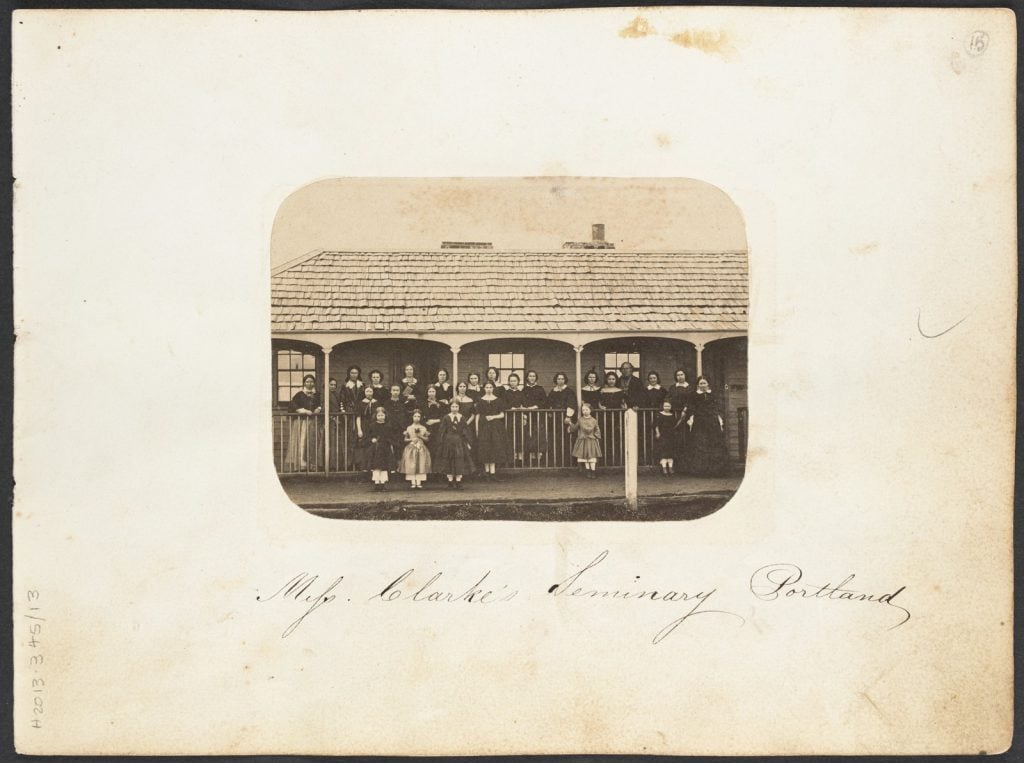
When Victoria became an independent colony in 1851, it inherited a dual system of publicly funded schools from New South Wales. The Denominational School Board administered the funding and regulation of church-based schools, and the National School Board oversaw government-funded secular schools. Some children went to independent schools, others were educated at home with tutors. For the poorest families education was a luxury many could not afford. This led to the establishment of what were known as ‘ragged schools’, named after the way the poorer children looked.
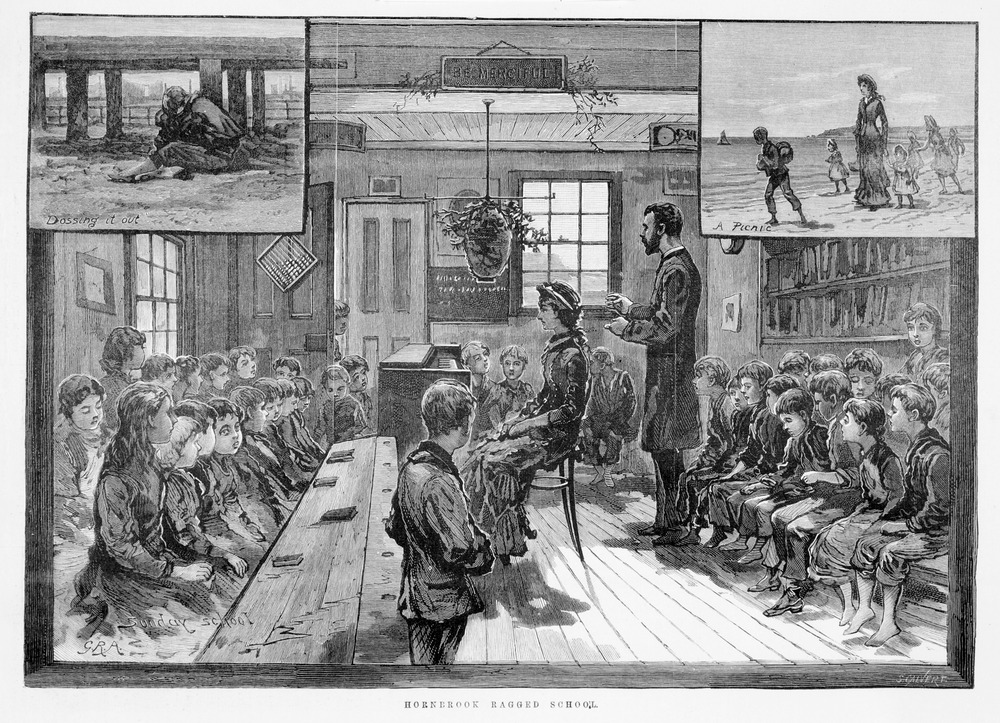
When the Education Act (Vic) was passed in 1872, Victoria was the first of the Australian colonies to set up a central public school system based on the principles of free, secular and compulsory education. All children aged 6–15 years were now required to attend school unless they had a reasonable excuse. Financial aid to church schools ended in 1874, with these schools allowed to continue independently. With the Education Act the Department of Education was established, led by Victoria’s first Minister of Education.

There are many more photos of early Victorian schools and students in the Trove collection as well as some maps showing the location of early schools and published works which detail schooling in early Victoria.

